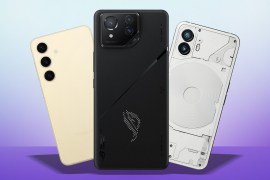10 things Apple should totally steal from Android for iOS 8 and the iPhone 6
From more inter-app communication to app installs from anywhere, here are the Android features we’d like welded to our iPads and iPhones
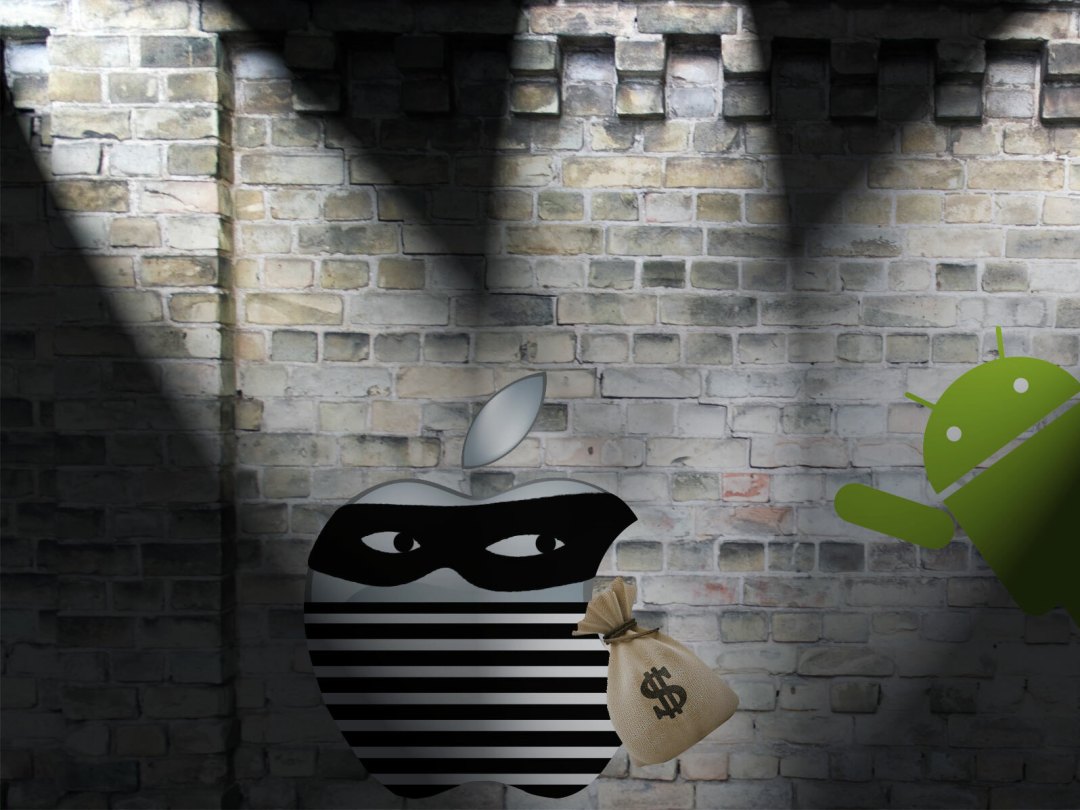
Steve Jobs once said, “good artists copy, great artists steal” (attributed to Picasso), and followed up by admitting: “We’ve always been shameless about stealing great ideas”.
It’s perhaps one of the most misunderstood quotes in the technology industry. It doesn’t mean to find something good and then clone it, but to look around, immerse yourself in the best of what’s out there, and then figure out a way to do it better.
Of late, Apple has certainly been accused of doing quite a bit of stealing, notably with iOS; the ‘flat’ design has been likened to Windows Phone, and there’s clear Android inspiration in various components, including Control Center.
Of course, you’d be pretty deluded to consider this one-way traffic, given the industry’s predilection for using Apple as a kind of giant outsourced research and development company.
If anything, we wish Apple would ‘steal’ more, especially from Android, which has some really great ideas that we’d love to see in the next version of iOS:
1. App installs from the web
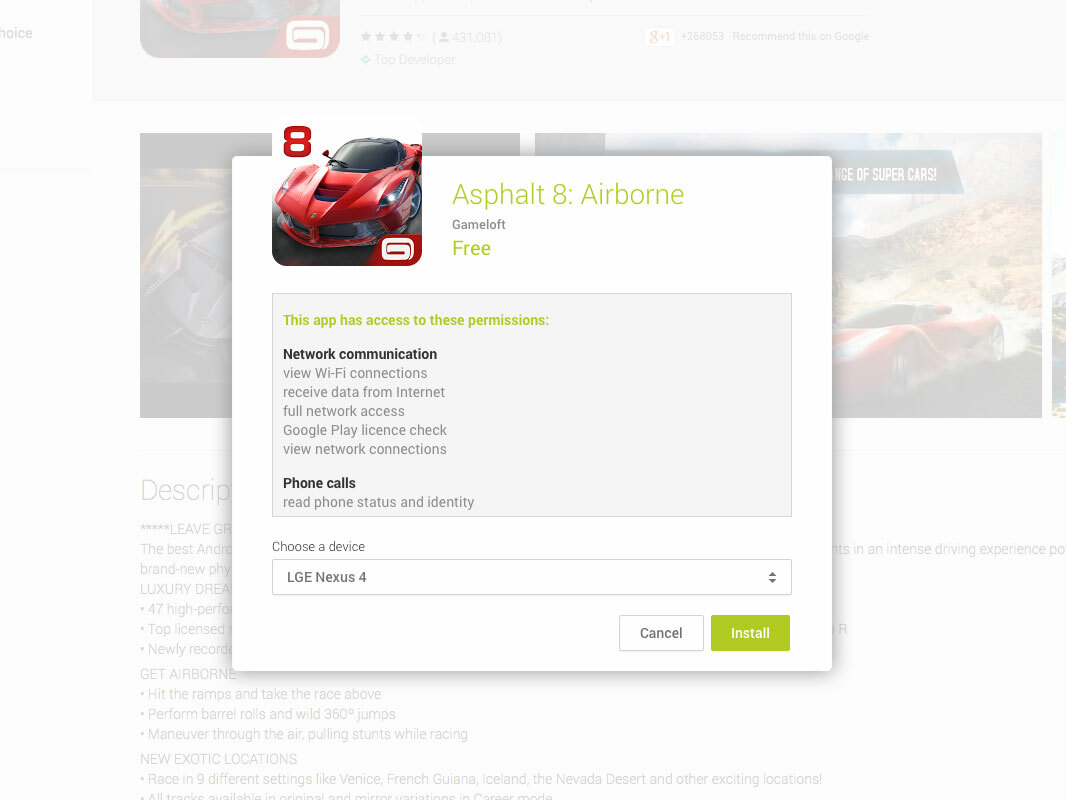
Apple grudgingly provided an online App Store of sorts with iTunes Preview, but it merely offers app information and screen grabs. By contrast, Google Play enables you to install apps to your devices from a web browser. Perhaps Apple considers its stores within iTunes and iOS apps safer or simpler, but it’s maddening when someone points you at a great iPad app or game and you cannot buy it from your iPhone.
2. App installs from anywhere
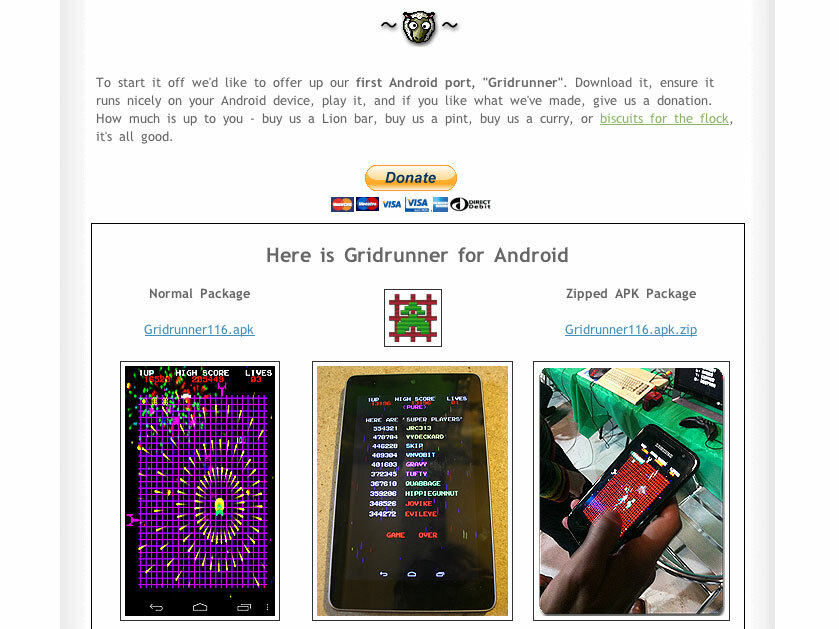
We’re not stupid — we know vanilla iOS will never allow apps to be installed outside of the App Store (excepting the odd corporate product or ad-hoc test build), but it’s something we’ve grown to love about Android. This isn’t about piracy either, but enabling devs to create apps gatekeepers won’t allow through, or indies to provide direct sales and offers via their own websites or the likes of Humble Bundle.
3. Typing suggestions
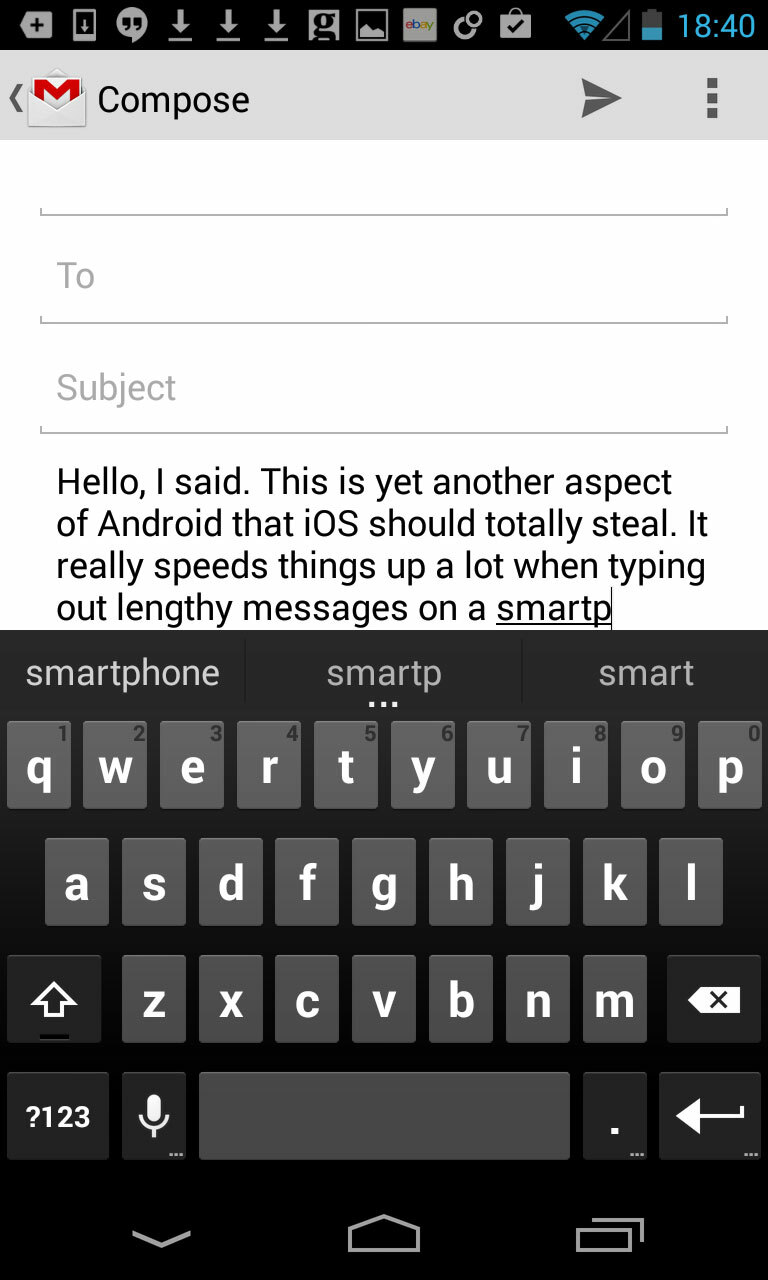
When you’re typing in iOS, there’s the usual autocorrect shenanigans that help you to avoid making any miss steaks. The thing is, it’s a bit opaque, and not obvious enough how to override, hence all those wonderful typos from your iPhone-owning friends. Android offers a similar autocorrect feature, but also attempts to anticipate what you’re typing, be it the current word or the next one in your sentence. The system is extremely intuitive and can hugely speed up fashioning emails on your smartphone. iOS feels comparatively prehistoric.
4. Alternative app defaults

Although we wish something closer to the third-party Default App Manager existed in Android’s Settings app, Google’s OS at least betters iOS in enabling you to define the apps you want to use to perform certain commonplace tasks, such as email and web browsing. On iOS, Apple might have relaxed regarding products that ‘compete’ with its own (in the old days, quite a few were essentially ‘banned’ from the App Store), but you still can’t replace Safari with Chrome or Calendar with Fantastical; on Android, if you prefer the Firefox web browser to Chrome, Google’s not so precious.
5. A straightforward app list
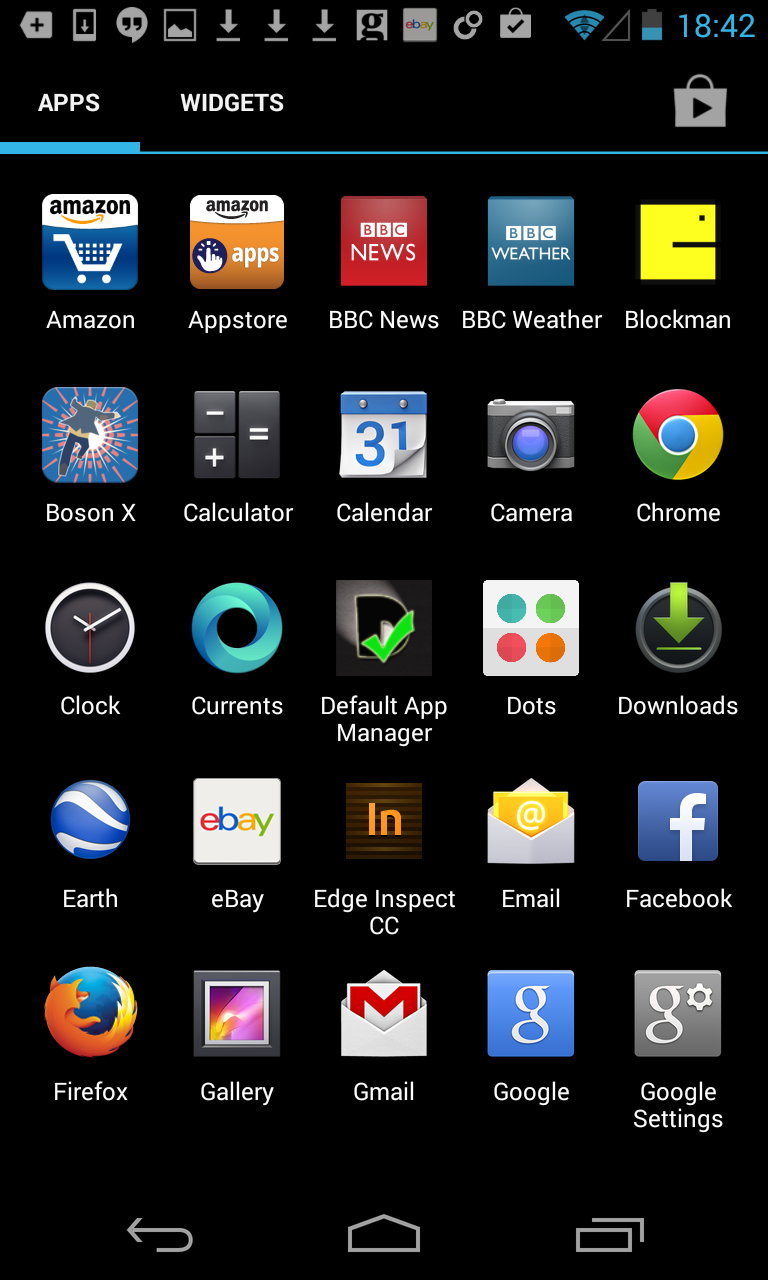
Want a list of everything that’s installed on your iPhone? Then you’d best get a pen and paper, and laboriously work your way through every folder and home screen, noting app names down. On Android, you instead prod a single icon to see everything that’s installed on your device — handy for most people and an absolute godsend for power users who regularly install lots of new apps and games.
6. Superior sharing
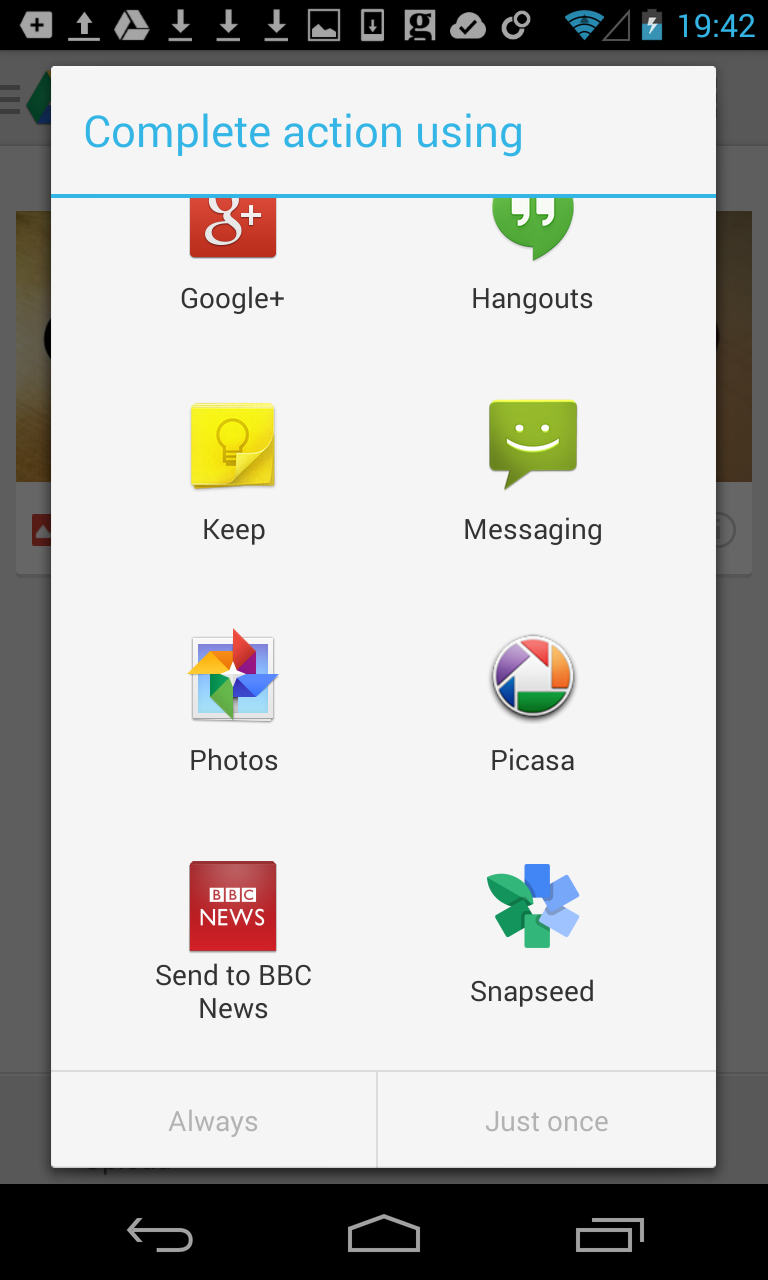
It’s fair to say no-one’s entirely mastered inter-app communications on mobile yet, with seamless round-tripping proving particularly elusive. However, Apple remains rooted in shoving every app into its own sandbox, stymying the possibility of apps easily working together — at least in a totally consistent manner and without huge effort from developers. By comparison, Android enables you to share to a much more diverse range of apps or services throughout the system, based on your needs and demands, rather than those of the people back at the mothership.
READ MORE: The best iPhone 5s headphones, cases and acessories
7. Send screen grabs to their own album
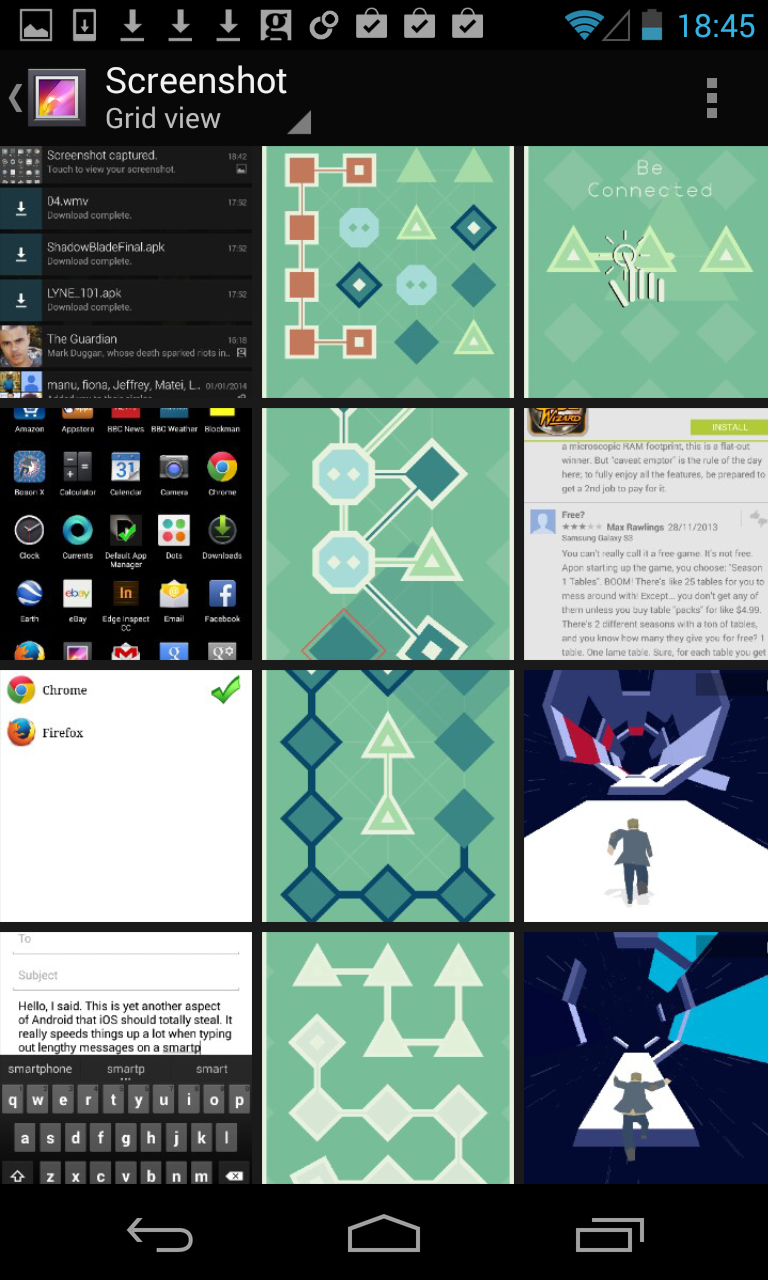
It’s only a little thing, but when living in journo land, we love how Android saves screen grabs to a separate album, unlike iOS, which shoves every type of image into a single stream, leaving you to play ‘spot the actual photo’ among hundreds of pictures of apps.
8. Contextual services

It’s true iOS has some capacity for learning, for example in training Siri to understand your voice. But Android goes much further, learning about you, and then providing contextual alerts and services, such as traffic notifications for appointments in your calendar, or incoming packages based on information it has access to. In a post-Snowden world, you might be wary of giving Apple the kind of access Google demands to your life and itineraries, but Apple’s historically been good at keeping personal data secure. And to remain competitive in this space, Apple must match Google’s smarts in reducing the reliance on having to manually set alerts and find commonly accessed and immediately relevant information.
9. Improved notifications

Notification Center has come on in leaps and bounds, and iOS 7 includes a handy ‘Today’ view with weather and calendar details, a big list of notifications, and a filtered list of items you’ve missed. But Apple should pay attention to Android’s notifications that can update dynamically, along with its ability to dismiss them all with a single gesture.
10. Direct file access
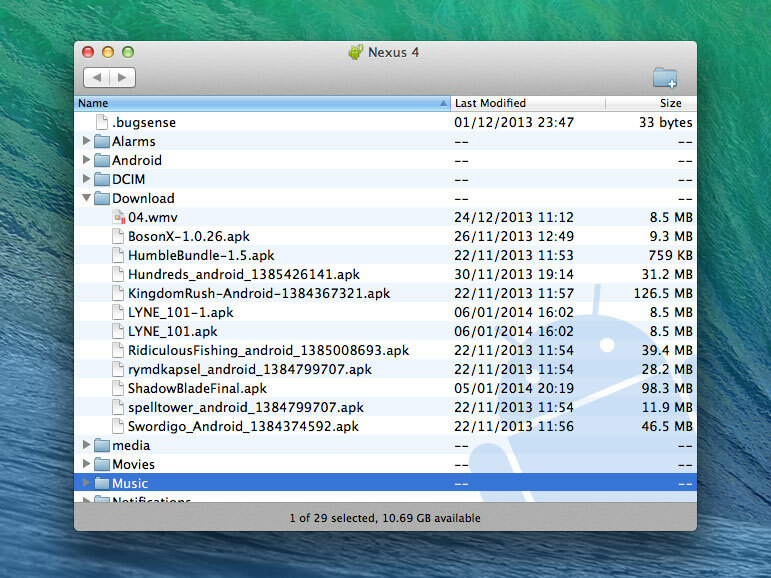
Apple clearly wants the file system to die. On iOS, it’s iCloud or nothing, unless the app you’re using supports pseudo-file system Dropbox. Actually, we tell a lie: sometimes, you’re ‘lucky’ enough to work with a product that enables you to access data using iTunes File Sharing. Ugh. There are workarounds such as iExplorer, but we wish Apple would just let those of us who want to rummage around our iPhones and iPads access the relevant data in Finder. In reality, there’s probably about as much chance of that happening as Apple replacing its logo with a green robot.
READ MORE: Apple iPhone 6 specs, price, release date: Stuff’s take on the rumours


